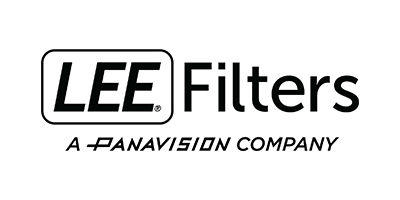Get creative with new camera lenses and accessories!
Stepping into the world of lenses can be a daunting task so we have written this guide in hopes of making your buying decision easier. The first thing to remember is: making a lens selection is as personal as the style of the photographer. In other words, what you buy must first of all satisfy you. Second, you’ll get a chance to select from the wide variety of lenses available today – everything from fixed to zoom lenses to large telephotos.

Lens Buying Guide – Photography Style – Which Lens Should I Use?
Photography Style… What kind of photographer are you? There are more types of photography styles than we could possibly list here, but we’ve compiled a shortlist of the most common types, including suggested lenses and accessories you might want to consider.


Understanding Macro Lenses
Macro lenses are important to photographers who tend to shoot close-ups. That’s because, although they’re quite similar to standard lenses in most ways, macro lenses are engineered to focus at much shorter distances. Most often used in nature photography, these lenses magnify small objects like insects and flowers and captures immense detail and clarity. Other applications of a macro lens include scientific and product photography. You’ll find that macro lenses can also act as a standard lens.
These lenses tend to have a smaller maximum aperture (which allows in less light) and therefore are not always ideal in low lighting situations. For subjects that are sensitive to movement (insects and animals, for example), macro lenses with longer focal lengths can be used.
Some great lenses to start shooting Macro
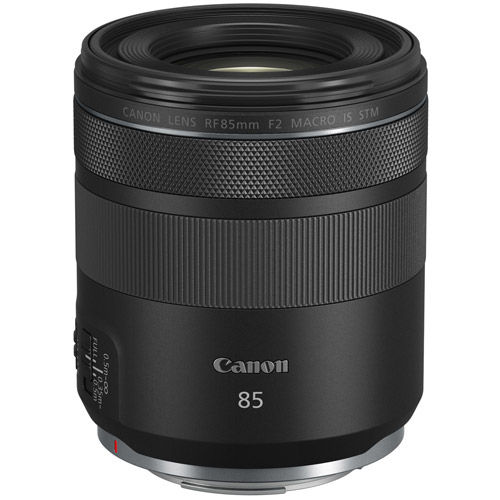
Canon RF 85mm f/2 IS STM Macro Lens
The RF85mm F2 Macro IS STM medium telephoto lens expands on the versatility of bright, macro, IS equipped prime lenses built for the EOS R system.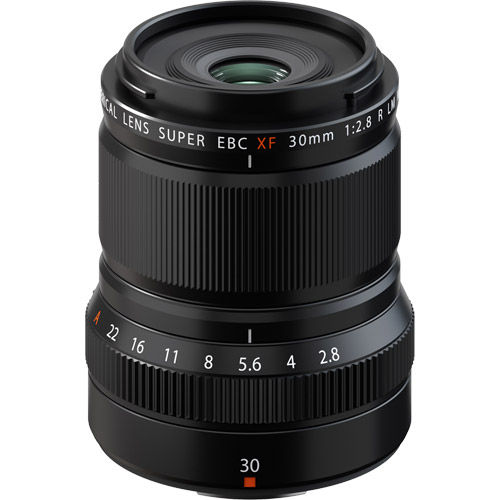
Fujifilm Fujinon XF 30mm f/2.8 R LM WR Macro Lens
Near or far, superb high-resolution images are guaranteed thanks to construction of 11 elements in nine groups, including three aspherical and two ED elements.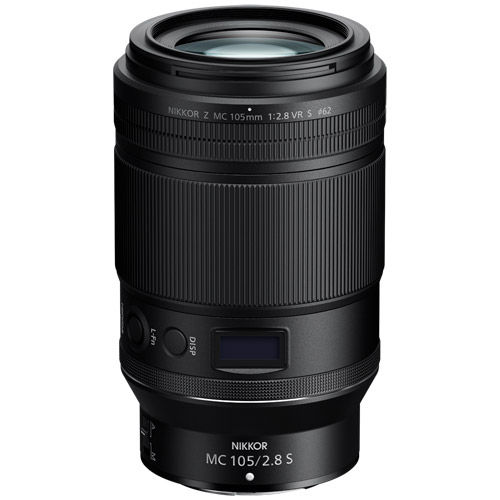
Nikon NIKKOR Z MC 105mm f/2.8 VR S Lens
The first NIKKOR Z lens with a 1:1 reproduction ratio, it fills the frame with the edge-to-edge sharpness and the overwhelming image quality that has become a hallmark of premium S-Line lenses.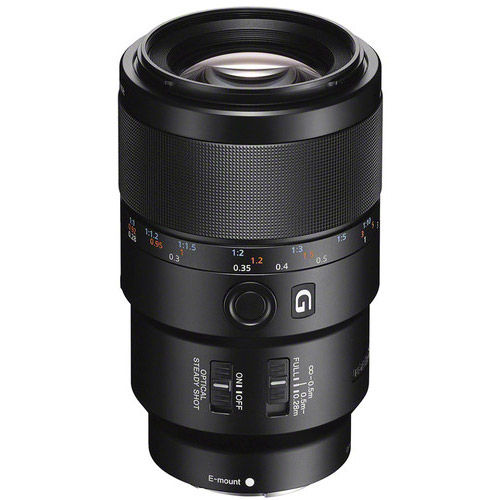
Sony SEL FE 90mm f/2.8 Macro G OSS E-Mount Lens
A medium telephoto macro lens with built-in image stabilization delivers outstanding G Lens quality: stunning resolution at up to 1:1 magnification plus gorgeous background bokeh when required.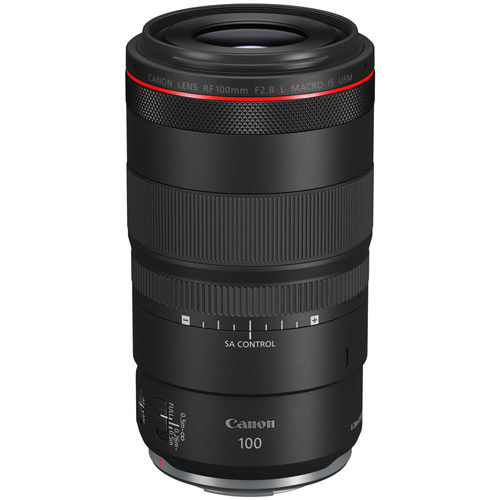
Canon RF 100mm F2.8 L Macro IS USM
The RF100mm F2.8 L MACRO IS USM is a medium telephoto macro lens delivering close-up imagery at up to 1.4x magnification with autofocus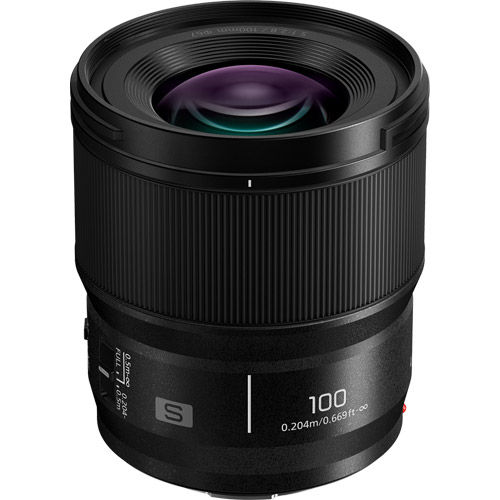
Panasonic Lumix S 100mm f/2.8 Macro L-Mount Lens
With a new optical design and a newly developed linear motor, the LUMIX S-E100 boasts high resolution and outstanding photographic performance, enabling stunning bokeh.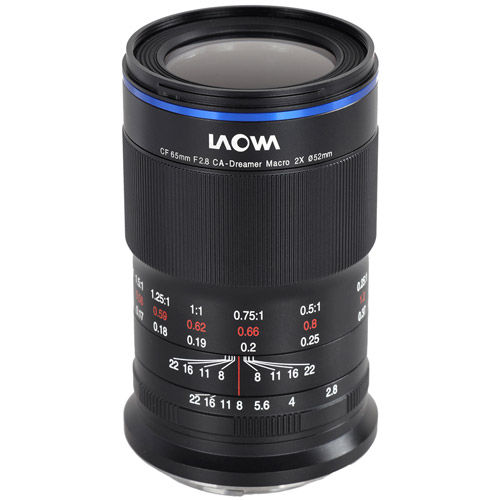
Laowa 65mm f/2.8 2x Ultra Macro APO Lens FUJIFILM X Manual Focus Lens
The 65mm is remarkably light and compact which makes it ideal for macro photography, daily still photos, portraiture and more.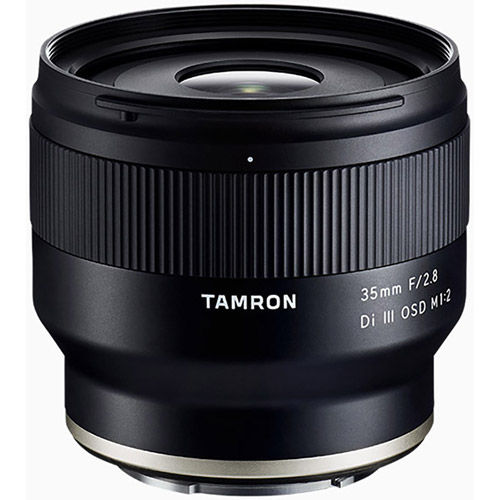
Tamron 35mm f/2.8 Di III OSD 1:2 Macro Lens for E Mount
The 35mm focal length is wide angle-of-view, but natural perspective and field-of-view for instinctive image capture.Understanding Prime Lenses - why everyone needs one
You’ve probably heard this term “prime lens” thrown around a lot when shopping for a lens, but just what does it mean?
A prime lens is, simply put, a lens that is fixed at a specific focal length and does not allow you to zoom in or out. That’s it. Pretty simple right? Most prime lenses feature a maximum aperture opening anywhere from f/1.2 to f/2.8 (the exception to this is certain “super” telephoto focal lengths which max out at f/4 or slightly higher). When shopping for a prime lens, it’s important to understand that there are advantages and disadvantages to shooting with a fixed-focal length.
| Prime Lens Advantages | Prime Lens Disadvantages |
| More Light | No Zoom |
| Sharper Images | Typically More Expensive |
| Shallower Depth of Field |

Some great prime lenses
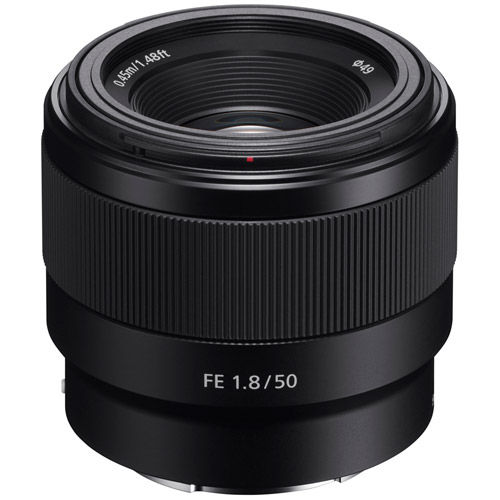
Sony SEL FE 50mm f/1.8 E-Mount Lens
Impressive optical performance for Sony cameras, precision engineered for versatility and reliability in a wide range of applications.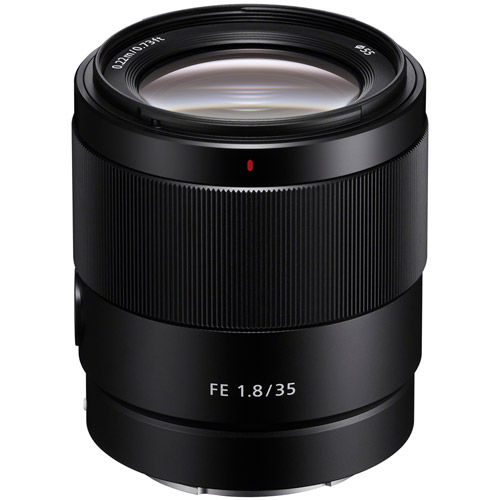
Sony SEL FE 35mm f/1.8 E-Mount Lens
The compact and light weight, large-aperture prime lens is ideal for full-frame and APS-C cameras and provide mobility and convenience for shooting a wide range of subjects.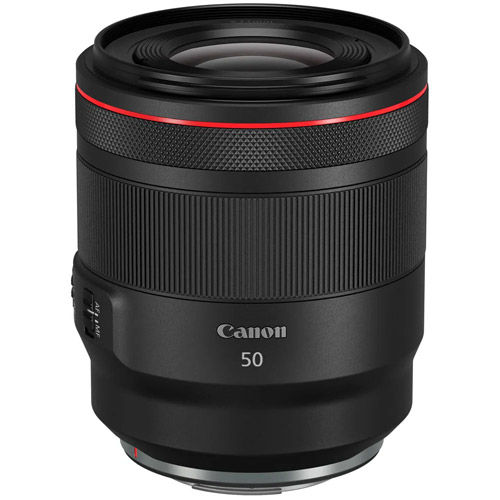
Canon RF 50mm f1.2 L USM Lens
Designed specifically for the EOS R system, its f/1.2 aperture means amazing performance in low light and gorgeous, detailed images with evocative background blur.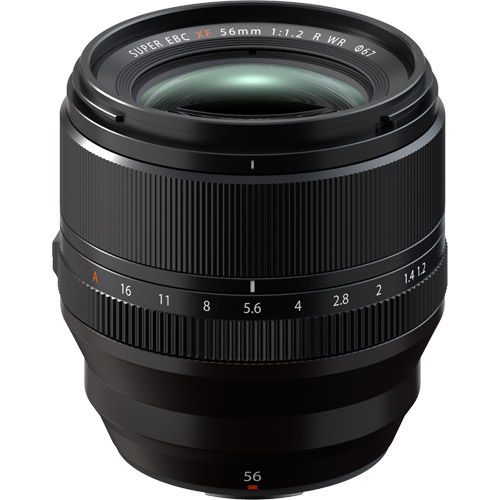
Fujifilm Fujinon XF 56mm f/1.2 R WR Lens
Fast maximum aperture delivers precise control over depth-of-field and ensures beautiful bokeh effects, while its optical construction produces high resolution, aberration-free results packed with detail and color.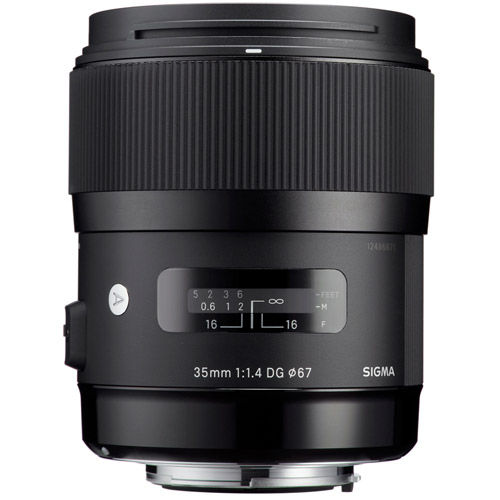
Sigma 35mm f/1.4 DG HSM Art Lens for Canon
The 35mm is a staple focal length in the world of photography, and paired with Sigma technology, this lens can take artistic expression to the next level.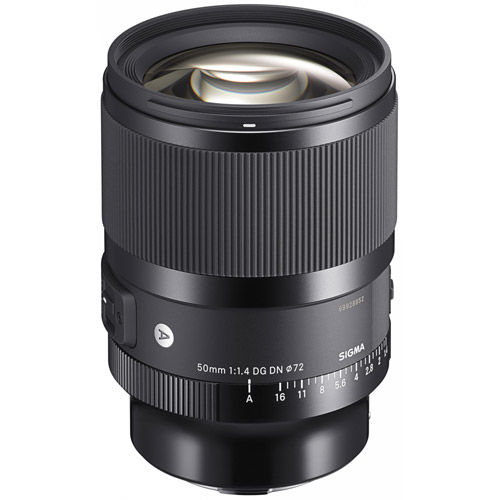
Sigma 50mm f/1.4 DG DN Art Lens for E-Mount
In addition to the brightness of the large F1.4 aperture and the large, beautiful bokeh effect, various aberrations have been optimally balanced in pursuit of uniform and balanced image quality throughout the entire image range.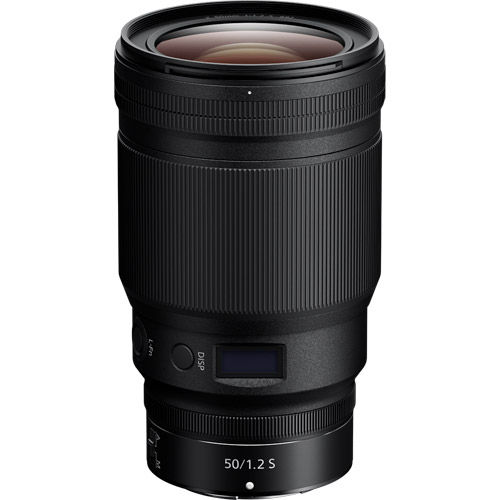
Nikon NIKKOR Z 50mm f/1.2 S Lens
Hone your creative vision with the sharpest, fastest 50mm prime we've ever created. Extraordinary rendering power across the entire frame.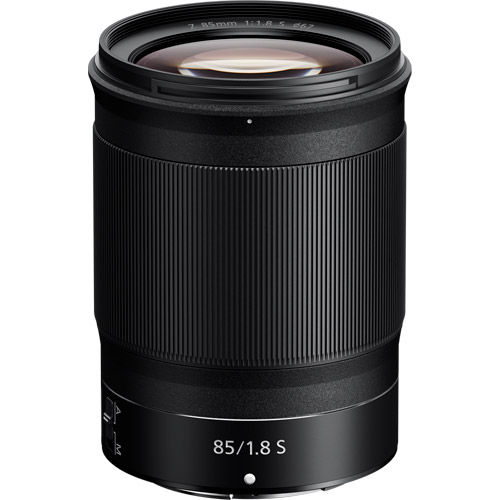
Nikon NIKKOR Z 85mm f/1.8 S Lens
Flattering perspective. Breathtaking resolution. Stunning bokeh. Unwavering focus and lifelike accuracy compensation.Portrait lenses
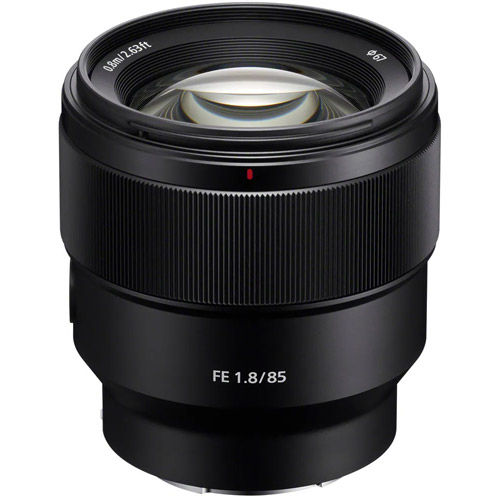
Sony SEL FE 85mm f/1.8 E-Mount Lens
The 85mm F1.8 mid-telephoto prime lens offers an extremely versatile, lightweight and compact telephoto prime lens solution for a variety of Sony camera owners ranging from working professionals to emerging enthusiast.
Canon RF 85mm f1.2 L USM Lens
With its fixed 85mm focal length and wide f/1.2 maximum aperture, the RF 85mm F1.2 L USM lens is ideal for photographing portraits, weddings, fashion and more.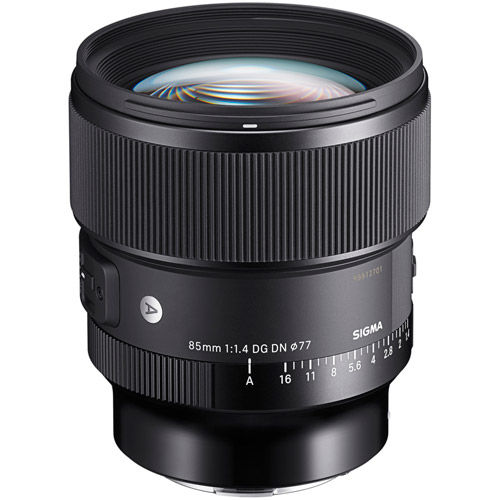
Sigma 85mm f/1.4 DG DN HSM Art Lens for E-Mount
Large-diameter, unparalleled optical performance, compact and lightweight, and high-speed AF ─ all in your hand.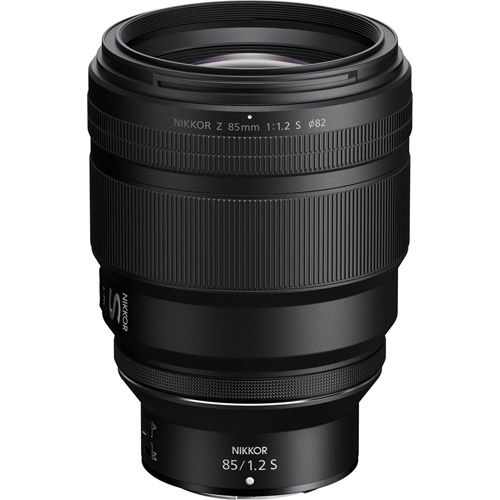
Nikon NIKKOR Z 85mm f/1.2 S Lens
With its flattering slimming effect, intimate yet comfortable working distance and light telephoto compression, an 85mm prime is ideal for capturing authentic human expression.
Understanding Zoom Lenses
It makes little sense to purchase several fixed focal length lenses; your collection would be massive and expensive, not to mention very heavy to carry! Instead, zoom lenses are a smart alternative. Obviously, zoom lenses are designed to cover a range of focal lengths to accommodate a wide variety of shooting without having to change the lens.
Some small tradeoffs go along with using a zoom lens. For example, although they can cover a range of focal lengths and can be set at in between lengths like 33mm or 165mm, they are usually not as fast as fixed focal length lenses.
Clearly, their advantages far outweigh any potential disadvantages. They’re more portable and convenient; and they allow you to shoot distant subjects and bring them closer to you. Higher end zoom lenses offer a maximum aperture that remain constant through the focal length range, while less costly ones change their aperture through the range, resulting in a more compact lens.
Wide angle zoom Lenses
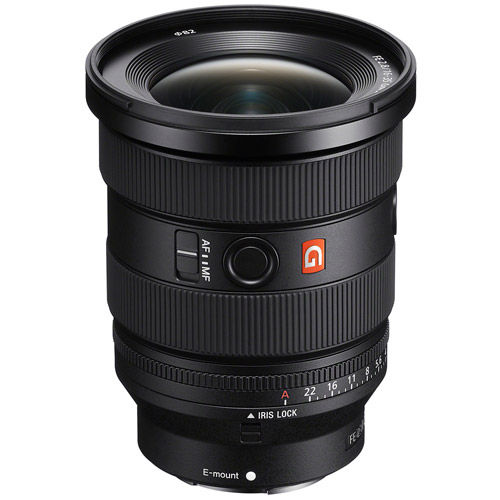
Sony SEL FE 16-35mm f/2.8 GM II E-Mount Lens
The FE 16-35mm F2.8 GM II delivers dynamic wide-angle perspectives with extraordinary resolution and bokeh while maximizing the speed and performance of advanced cameras.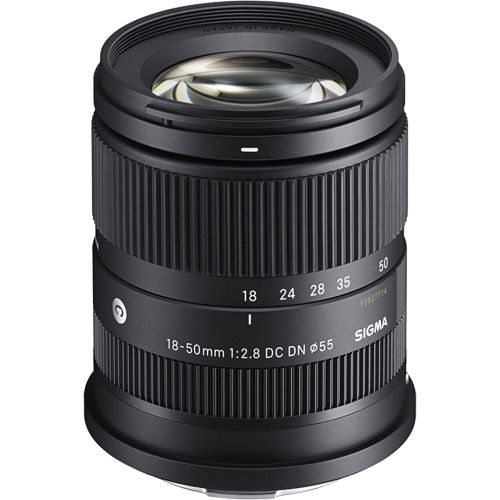
Sigma 18-50mm f/2.8 DC DN Contemporary Lens for E-Mount
A versatile full-frame equivalent zoom range of 27-75mm, which makes it ideal for a wide range of photo and video applications including landscapes, portraits, street photography, architecture and events.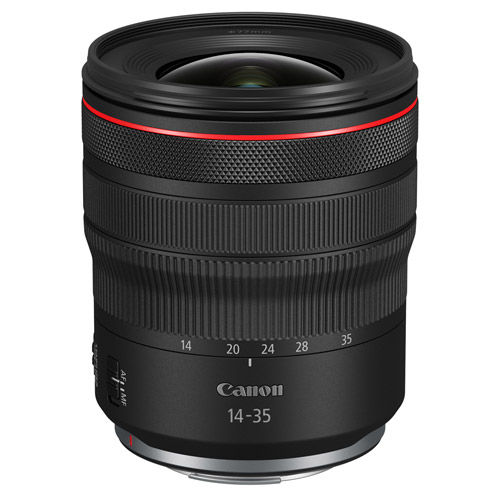
Canon RF 14-35mm f/4L IS USM Lens
This dramatic new lens brings 14mm, ultra wide-angle coverage to full-frame EOS R-series users.
Nikon NIKKOR Z 14-30mm f/4.0 S Lens
The ultra-wide zoom. A travel and landscape photographers' go-to lens for establishing a sense of place and pushing perspective..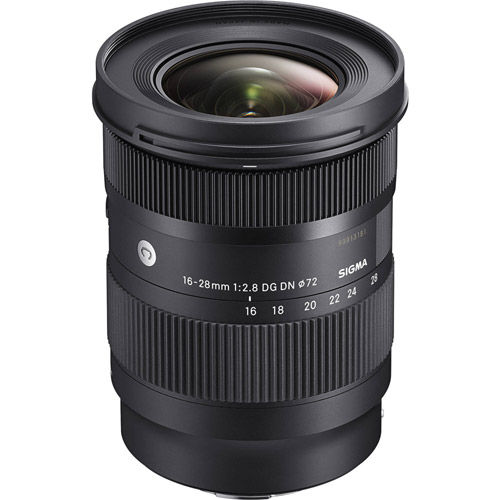
Sigma 16-28mm f/2.8 DG DN Contemporary Lens
The full-frame SIGMA 16-28mm F2.8 DG DN | Contemporary combines exceptional optical quality, a bright F2.8 constant aperture and a robust and lightweight body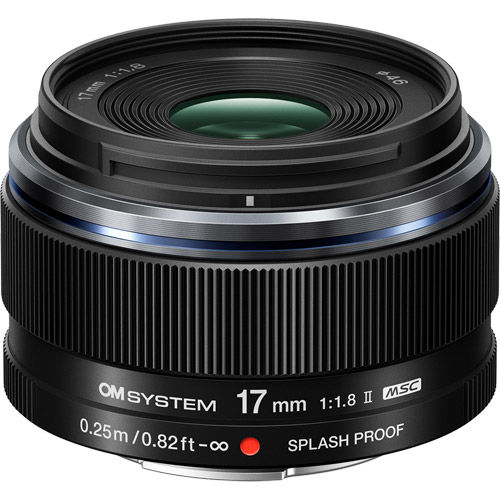
OM System M.Zuiko Digital 17mm f/1.8 II Lens
The 17mm F1.8 II lens delivers superb optical performance in a compact, lightweight body measuring just 37.6 mm in length and weighing 112 g.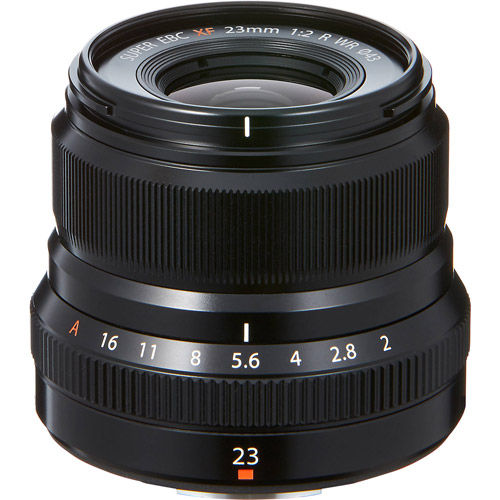
Fujifilm Fujinon XF 23mm f/2.0 R WR Black Lens
The XF23mmF2 R WR is a wide-angle lens with advanced image resolution, capable of drawing out the full performance of Fujifilm's proprietary X-Trans CMOS sensor.Standard Zoom Lenses
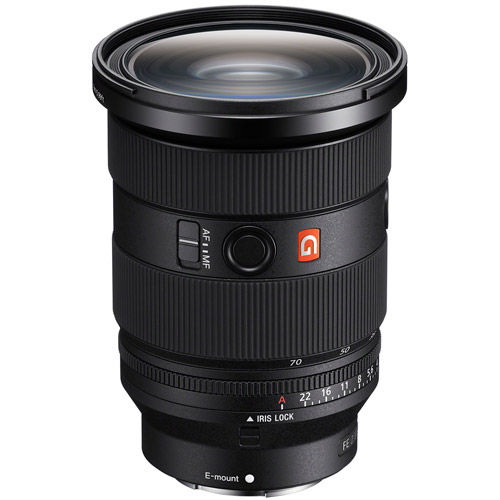
Sony SEL FE 24-70mm f/2.8 GM II E-Mount Lens
Sony Alpha full-frame constant-aperture standard zoom lens with excellent G MASTER resolution and bokeh with next-generation autofocus performance optimized for still and movie.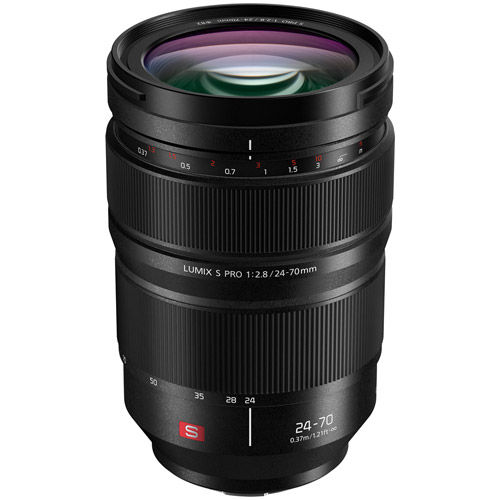
Panasonic Lumix S PRO 24-70mm f/2.8 L-Mount Lens
A standard zoom lens that boasts high descriptive performance across the entire zoom range.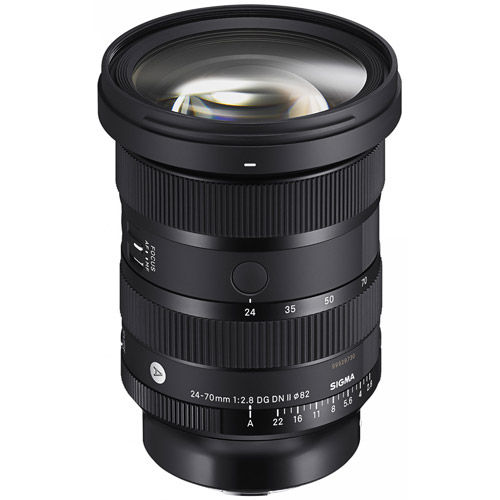
Sigma 24-70mm f/2.8 DG DN II Art Lens
The SIGMA 24-70mm F2.8 DG DN II | Art is SIGMA's flagship lens that has evolved significantly from the previous model by incorporating the most advanced technologies available to SIGMA from design to production.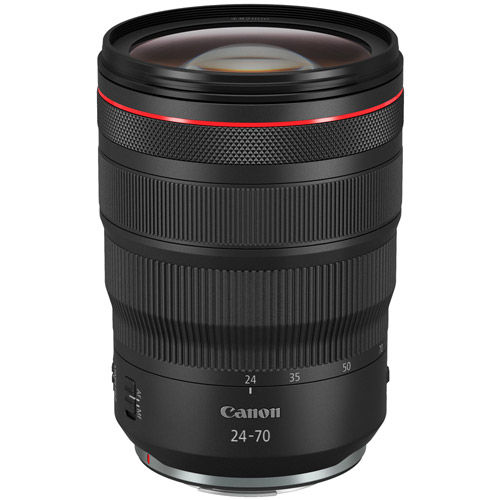
Canon RF 24-70mm f/2.8L IS USM
Designed for the EOS R, this compact L-series lens combines a bright f/2.8 maximum aperture.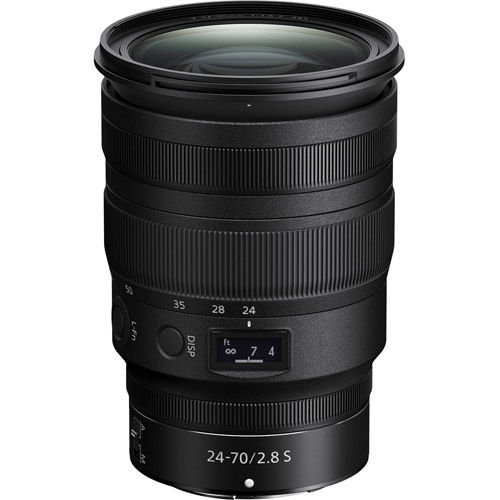
Nikon NIKKOR Z 24-70mm f/2.8 S Lens
Delivers stunning sharpness all the way to the corners of the frame, even when used at its maximum aperture.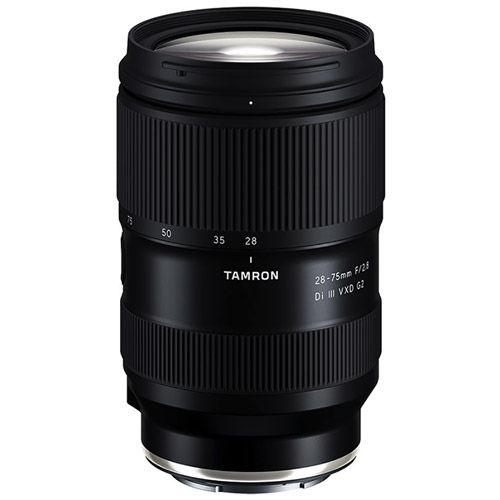
Tamron 28-75mm f/2.8 Di III VXD G2 Lens for E Mount
The 28-75mm F/2.8 Di III VXD G2 (Model A063) is a fast-aperture standard zoom lens for Sony E-mount full-frame mirrorless cameras.Medium Range Photo Zoom lenses (up to 200mm)
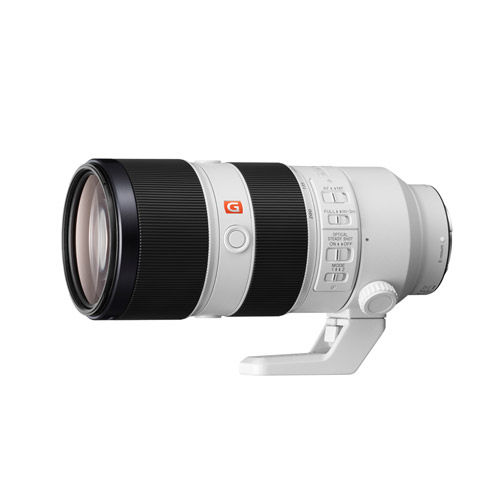
Sony SEL FE 70-200mm f/2.8 GM OSS E-Mount Lens
Offers unsurpassed rendering, blazing AF, and extraordinary image stabilization performance.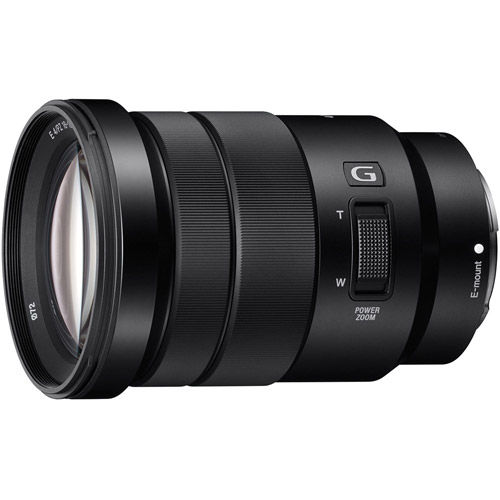
Sony SEL 18-105mm f/4.0 G OSS Power Zoom E-Mount Lens
Outstanding resolution and contrast throughout the zoom range thanks to an advanced optical design that incorporates two ED glass elements and three aspherical elements.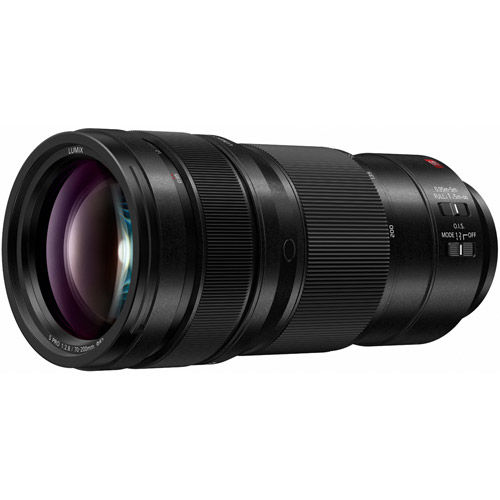
Panasonic Lumix S PRO 70-200mm f/2.8 OIS L-Mount Lens
The LUMIX S PRO 70-200mm F2.8 O.I.S. (S-E70200) is a large-aperture telephoto zoom lens that boasts high descriptive performance across the entire zoom range.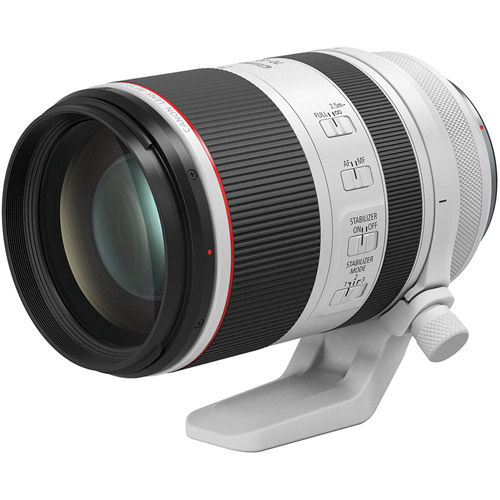
Canon RF 70-200mm f2.8L IS USM
Designed to complement the EOS R system, this impressive L-series lens offers a telephoto zoom focal length that helps you get closer to faraway subjects.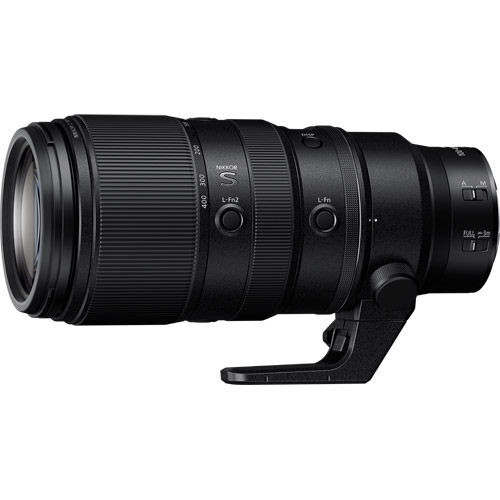
Nikon NIKKOR Z 100-400mm f/4.5-5.6 VR S Lens
The NIKKOR Z 100-400mm f/4.5-5.6 VR S brings a super telephoto zoom range that's ideal for wildlife, sports and action together with premium S-Line optics, breathtaking image quality, effortless autofocus.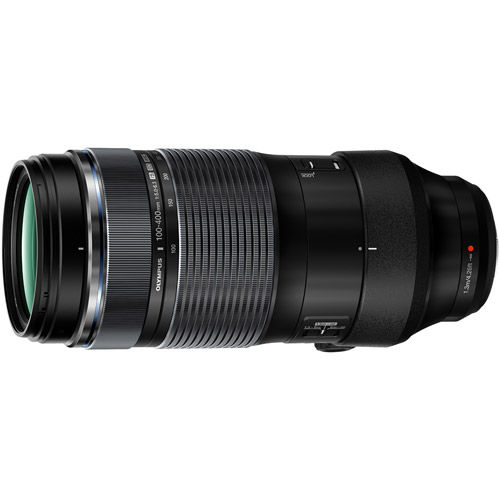
OM System M.Zuiko Digital ED 100-400mm f/5.0-6.3 IS Lens
Packing a 35mm-equivalent focal range of 200mm to 800mm in a lightweight weathersealed design, it’s an ideal lens for wildlife, motorsports, and telephoto macro shooting.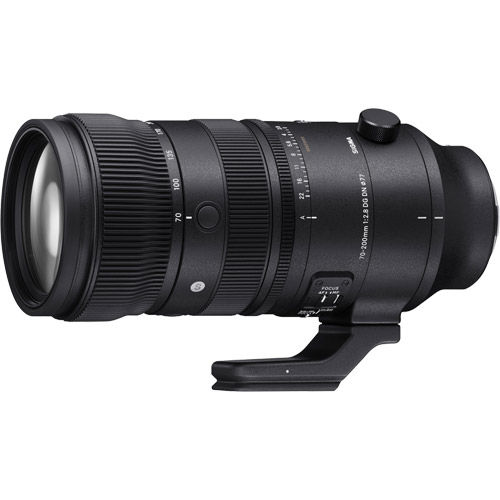
Sigma 70-200mm f/2.8 DG DN OS Sports Lens
The SIGMA 70-200mm F2.8 DG DN OS | Sports, developed with professional use in mind, offers not only high optical performance, but also high-speed AFwith a dual HLA
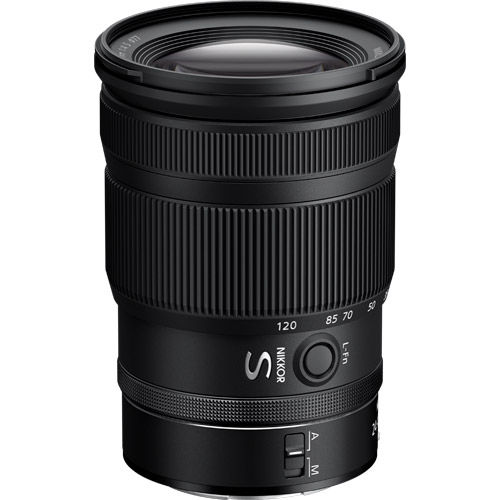
Nikon NIKKOR Z 24-120mm f/4.0 S Lens
A versatile all-purpose zoom range together with premium S-Line optics, a constant f/4 aperture, close focusing, robust weather-sealing and superior resolution.Long range Photo Zoom Lenses (above 200mm)
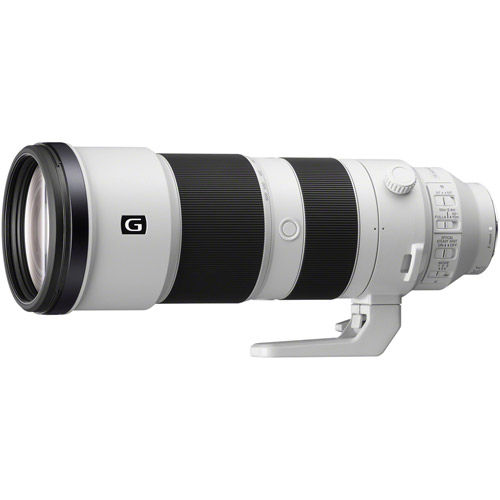
Sony SEL FE 200-600mm f/5.6-6.3 G OSS E-Mount Lens
Perfect for wildlife and more, this 200–600mm super-telephoto zoom can reach as far as 840mm or 1200mm with 1.4x and 2.0x teleconverters.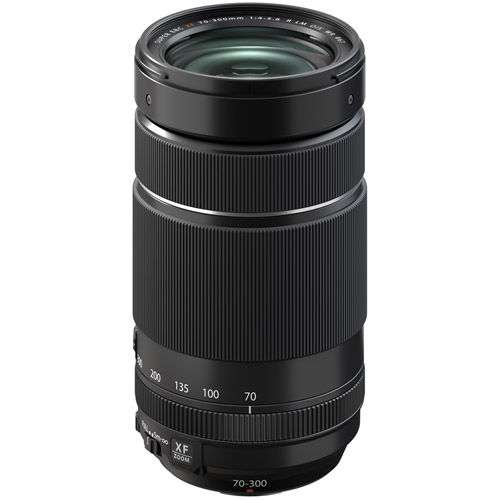
Fujifilm Fujinon XF 70-300mm f/4.0-5.6 R LM OIS WR Lens
The XF70-300mm f4-5.6 R LM OIS WR lens makes it easy to take super telephoto photography with you on your greatest adventures and create images that convey the true excitement and awe of the experience.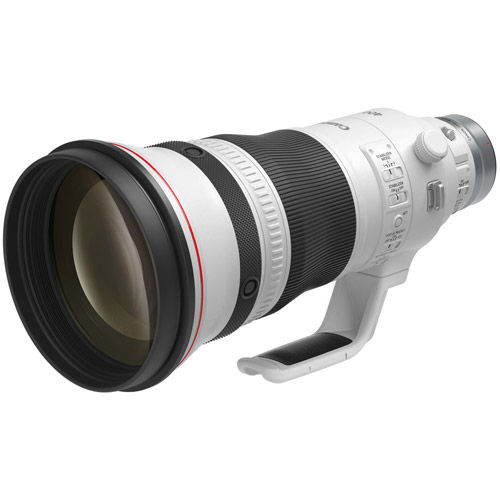
Canon RF 400mm F2.8 L IS USM
Delivering high-performance for professional photographers as well as inheriting the optics of the EF 400mm f/2.8L IS III USM model.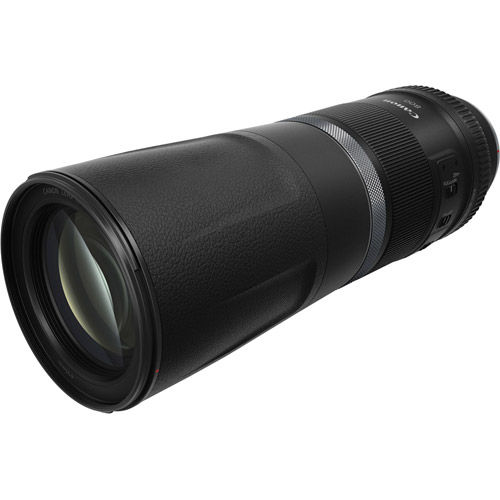
Canon RF 800mm f/11 IS STM Super Telephoto Lens
The RF800mm F11 IS STM super-telephoto lens provides a long 800 millimeter focal length and is the first compact and lightweight 800mm super telephoto lens in the RF lineup.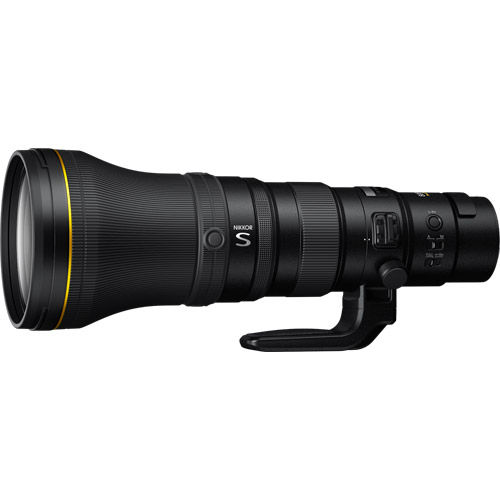
Nikon NIKKOR Z 800mm f/6.3 VR S Lens
Bird, wildlife, aviation and sports photographers, your moment of change has arrived. Experience the freedom of shooting at monumental distances without sacrificing mobility.
OM System M.Zuiko Digital ED 150-600mm f/5.0-6.3 IS Lens
Empowering photographers with unparalleled reach, resilience, and performance, it redefines boundaries and captures the extraordinary.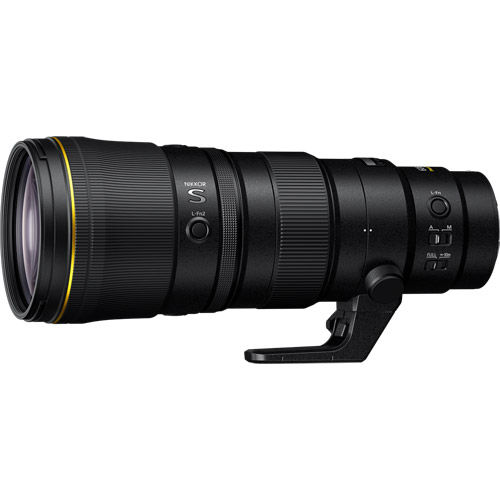
Nikon NIKKOR Z 600mm f/6.3 VR S Lens
Pack lighter, react faster and cover more distance with the shortest, lightest 600mm prime lens Nikon has ever created.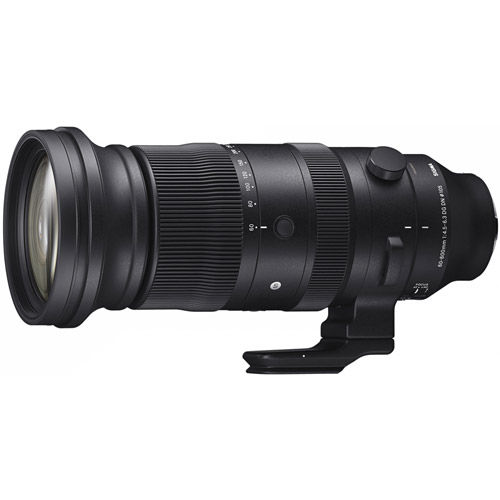
Sigma 60-600mm f/4.5-6.3 DG DN OS Sport Lens for E Mount
The SIGMA 60-600mm F4.5-6.3 DG DN OS | Sports is a high-power ultra-telephoto zoom lens exclusively for full-frame mirrorless cameras with a unique 10x focal length.Lens Filter Buying Guide – What They Are & Why You Should Use Them
You own the perfect lens and create stunning images, is it possible to make those pictures even more wonderful? You might find the answer to this by using a filter. Filters are accessories that are added to the front of your lens that emphasize, eliminate, or change the colour density of the image. Typically made out of glass, resin, or polyester, the transparency of the material allows for correction of light or colour balance. Want a special effect? Many filters are designed to add bursts of colour, soften edges and make light sources sparkle.
Understanding the different types of filters will allow you to manipulate, correct colour, add effects, and enhance your images prior to print. So the big question is, why don’t you just add these effects in editing software like Photoshop afterwards? Although it is possible to colour correct and add special effects to your images after shooting, it takes much more time to do this then using a filter in the first place. There are even some corrections that are done through a filter that are nearly impossible to replicate in digital software applications.
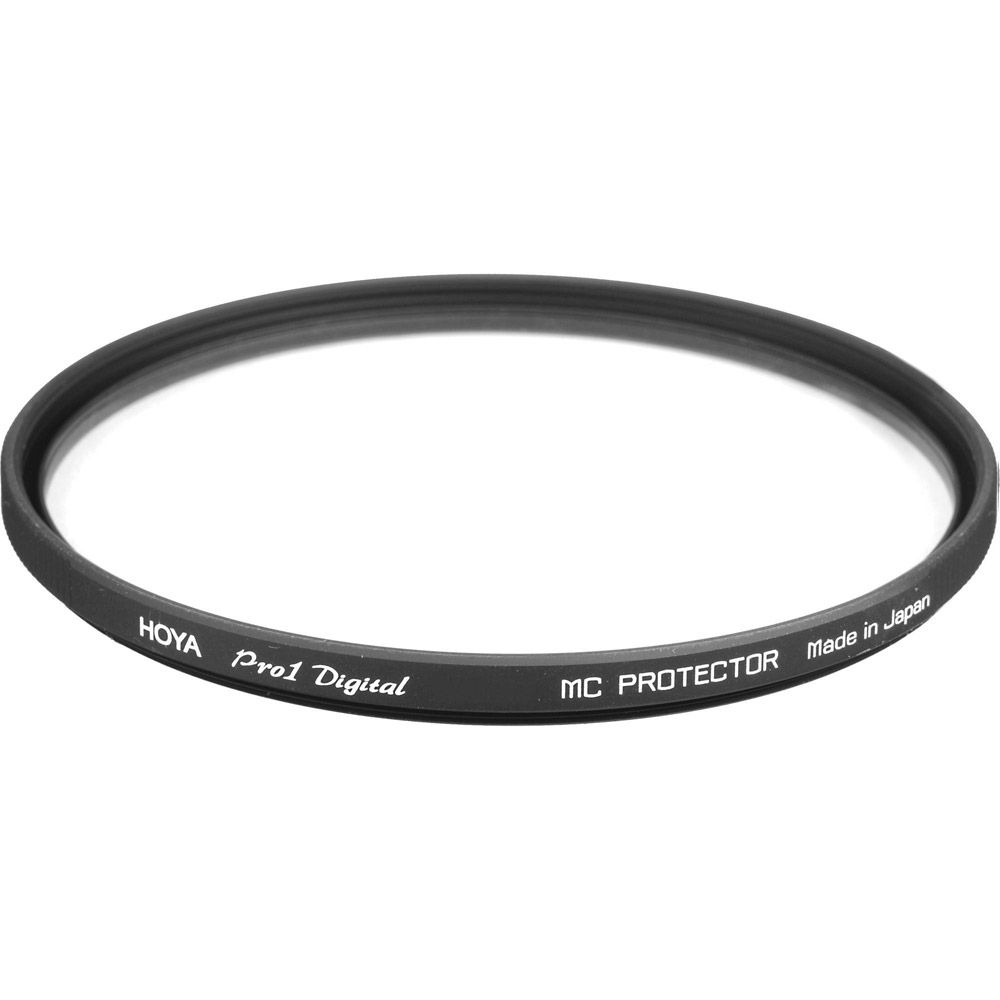
Clear/Protective Filters
A clear protective filter shields your lens from moisture and rain, scratches and abrasions, as well as flying debris. In addition to eliminating discolouration due to light pollution, UV filters offer a similar layer of protection. And you’ll feel more secure wiping dust, dirt, and smudges off a filter than the lens itself. A protective filter is also an economical investment, far more easily replaced than a damaged lens.
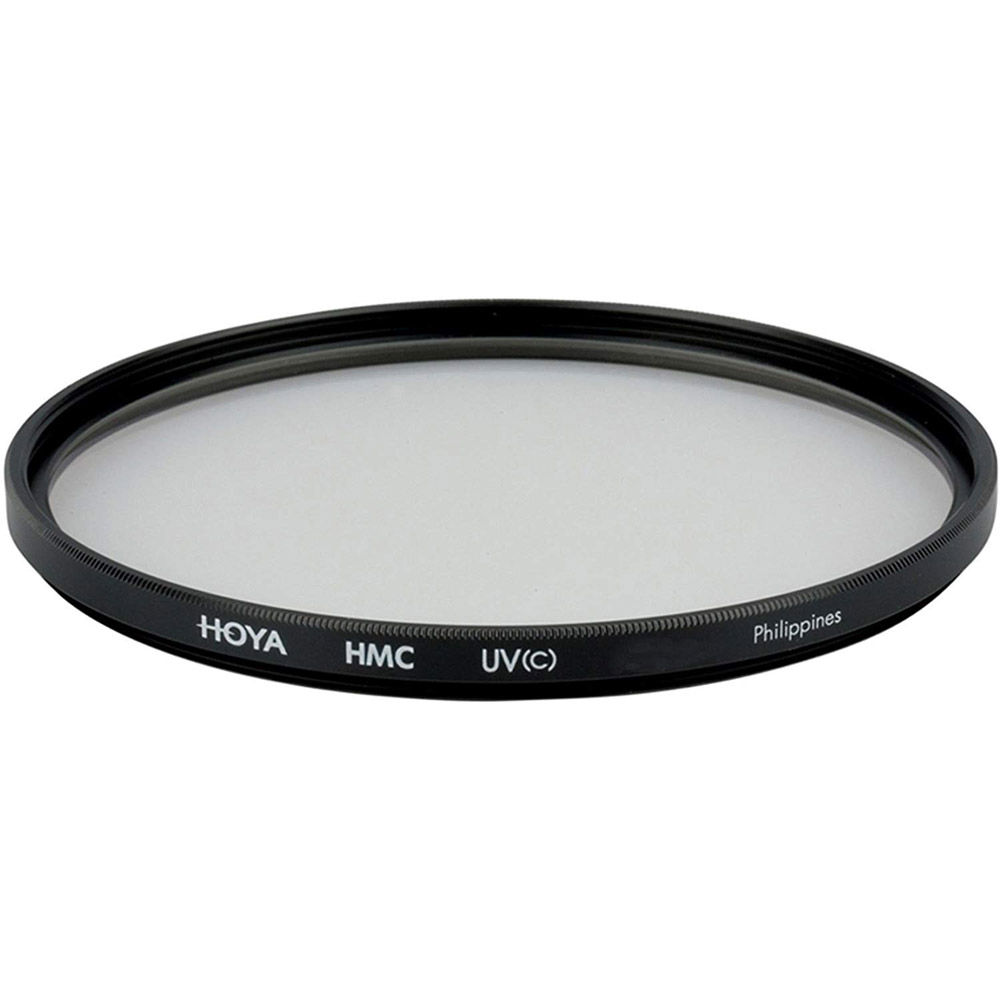
UV or Ultra-Violet Filters
One step up from the clear filter is the UV or Ultra-Violet filter. While ultraviolet light is invisible to the human eye, it can nevertheless show up on a film image as an undesirable blueish cast; it can even result in a blurring effect. Ideal for photography of expansive spaces like mountains and sweeping landscapes.
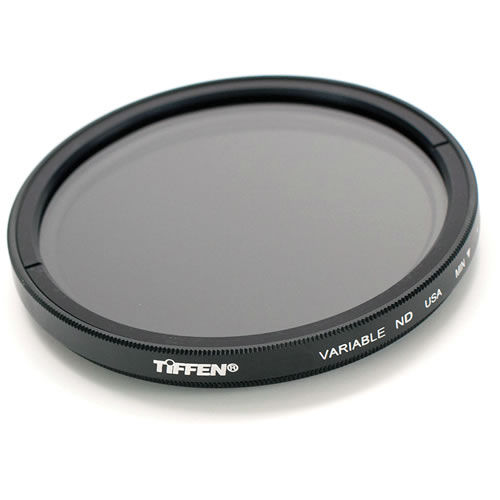
Neutral Density (ND) Filters
A popular filter for outdoor photography, these filters are neutral grey and reduce the amount of light passing through the lens. Used to prevent overexposure or washed out images when the light is too bright or the ISO is too high; it also allows you to lower the intensity of light so you can shoot at a slower shutter speed and achieve a blurring effect.

Step-Up Ring
Common accessories for screw-in round filters are step-up or step-down rings. Stepping rings allow you to use on filter on two different-sized lenses and avoid the need to buy a separate set of filters for every size of lens you own.
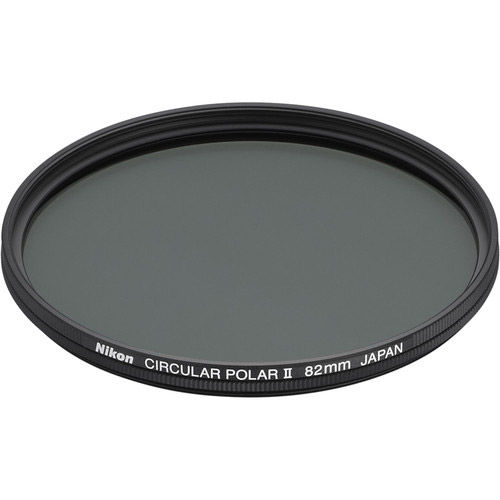
Polarizing Filters
Reflections of water and other reflective surfaces, like glass, can cause major problems for your images. Polarizing or polarized filters can fix them because they remove glare from non-metallic surfaces, ensuring a crisp, clear, more colour saturated image.
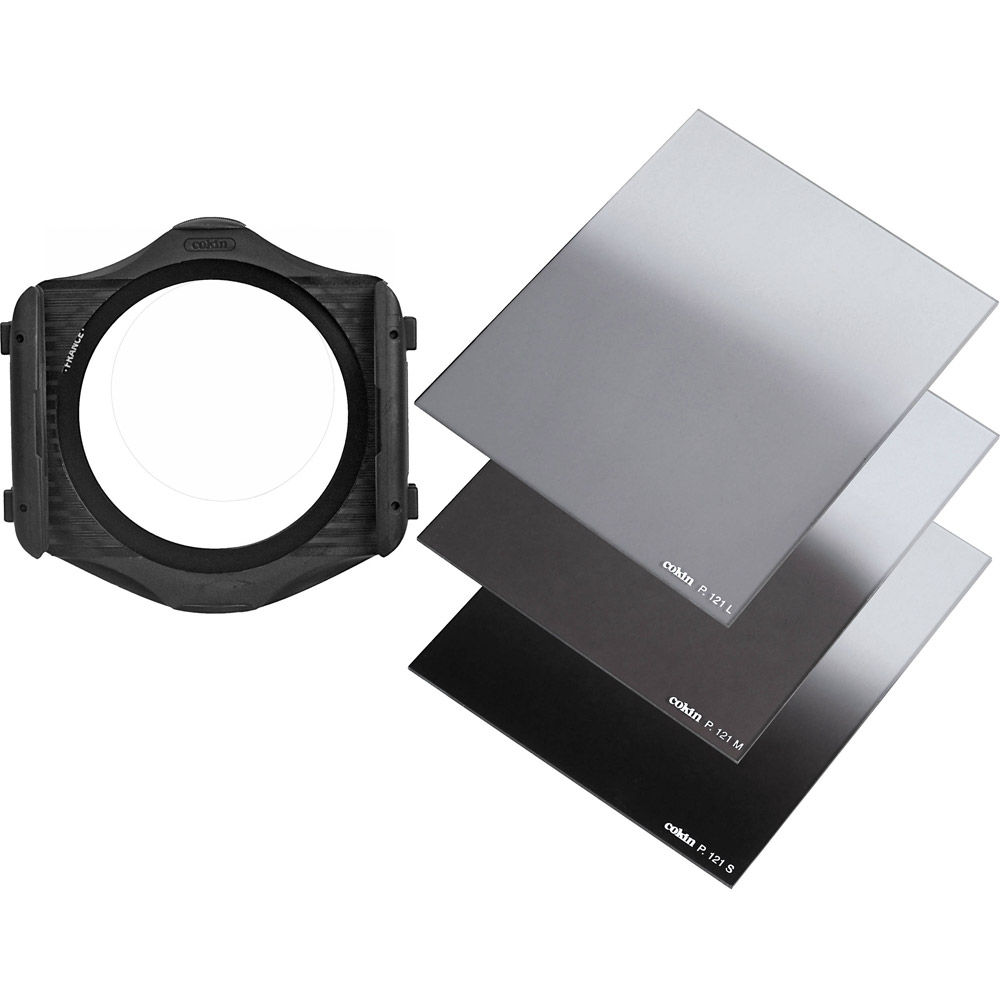
Graduated Filters
Graduated filters are half clear and half coloured allowing you to position the filter so that only a part of your image is affected. They are available in neutral density and colour varieties in screw-in or drop-in filters.
Lens Mount Adapters
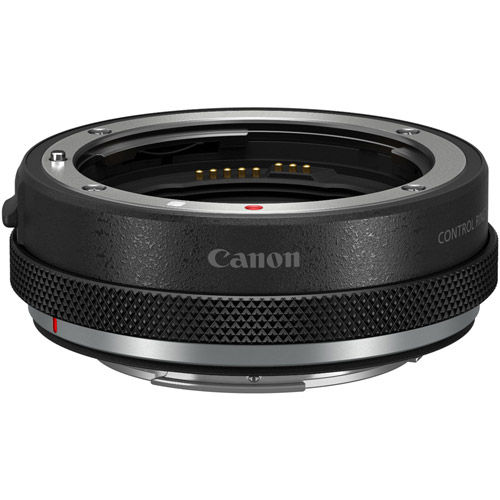
Canon EF-EOS R Control Ring Lens Mount Adapter
The EF-EOS R is a no-compromise way to incorporate your EF and EF-S lenses into the EOS R system.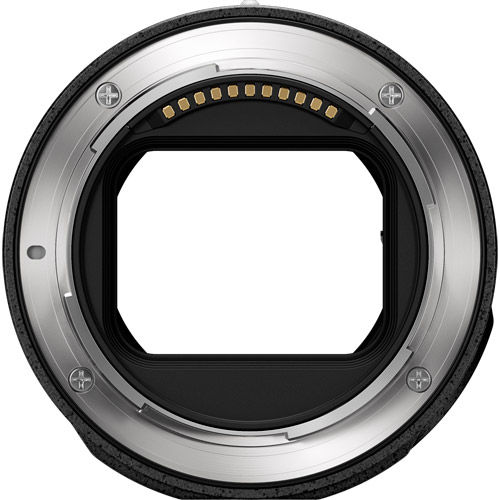
Nikon NIKKOR FTZ II Mount Adapter for Z-Mount Series (F-Mount Lens to Z-Mount Body)
It seamlessly adapts the F-Mount to the larger Z-Mount, retaining the image quality, autofocus performance*, weather sealing and comfortable handling of any mounted lens.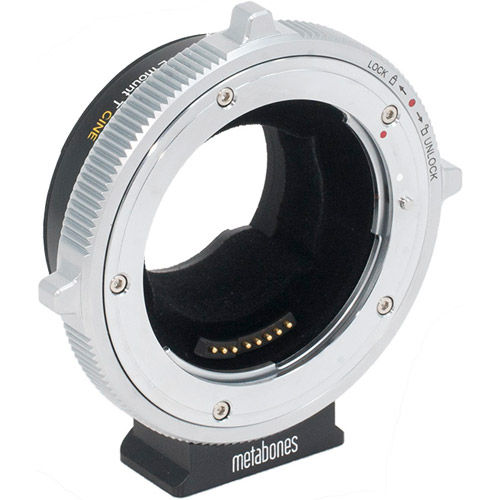
Metabones Canon EF/EF-S Lens to Sony E Mount T CINE Smart Adapter (Fifth Generation)
Fast contrast-detection AF on all E-mount cameras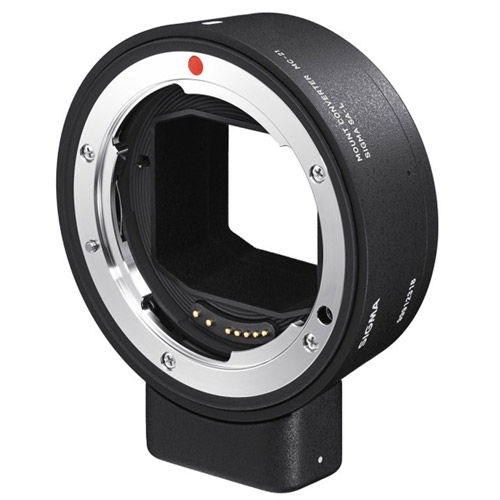
Sigma MC-21 CL Mount Converter (Canon EF Lens to L-Mount Body)
Attaching the MC-21 to your collection of SIGMA SA mount and SIGMA’s CANON EF mount compatible lenses allows them to be used as L-Mount system lensesShop for Metabones Adapters!
A leader in the manufacture of speed boosters and lens adapters, the name Metabones is synonymous with quality and dependability.
SHOP HERELens Extenders
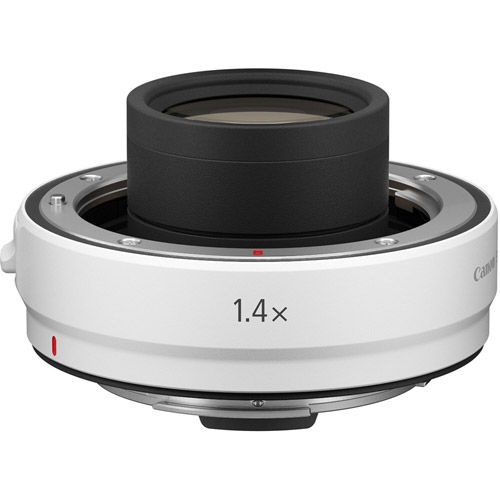
Canon RF 1.4x Extender
Featuring a smart-connect design, this extender seamlessly attaches to select RF series lenses* and increases the focal length by a factor of 1.4x.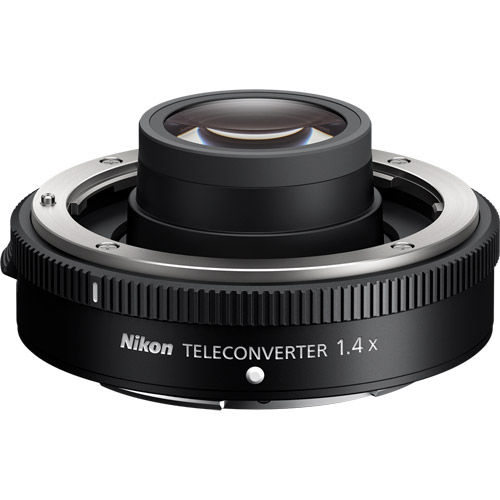
Nikon Z Teleconverter TC-1.4x
1.4x teleconverter that increases the reach of compatible NIKKOR Z lenses by 40% without any loss of resolution.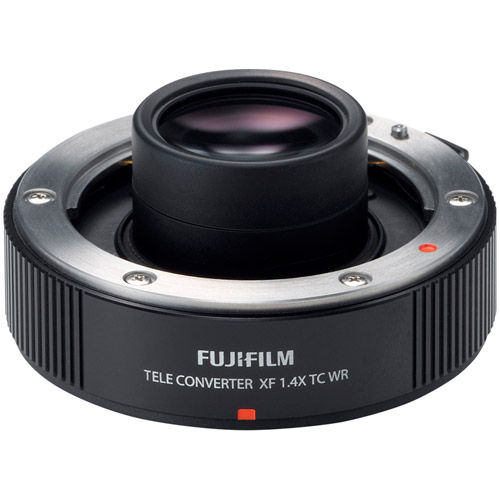
Fujifilm XF 1.4x TC WR Tele-Converter for XF 50-140mm WR & XF 100-400mm WR Lenses
Features an excellent optical design with a construction of 7 elements in 3 groups to maintain the optical performance of the original lens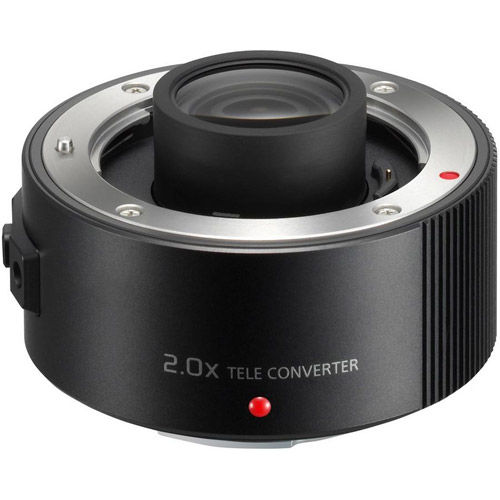
Panasonic DMW-TC20 2.0x Tele-Converter
When mounted, the minimum f-number will be set to a value two steps greater than the original value. Allows the HES200 to extend to 400mm (800mm equivalent)Lens Storage and Protection
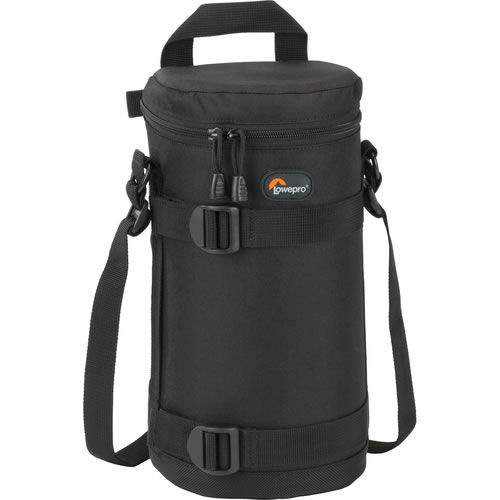
Lowepro Lens Case 11cm x 26cm
Affordable and backed by a lifetime warranty, you get superior lens protection and peace of mind when you're out in the field.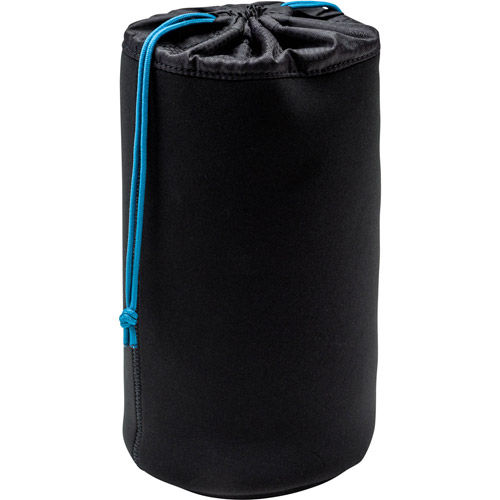
Tenba Tools Soft Lens Pouch 9" x 4.8" (23 cm x 12 cm) - Black
Soft neoprene pouches provide the perfect amount of extra protection for lenses inside a larger bag.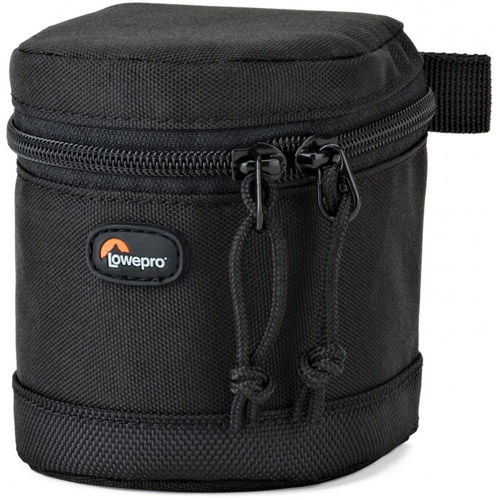
Lowepro Lens Case 7cm x 8cm
Lens case that fits a small zoom lens for Micro Four Thirds and mirrorless cameras (similar to Fuji XC 16-50mm).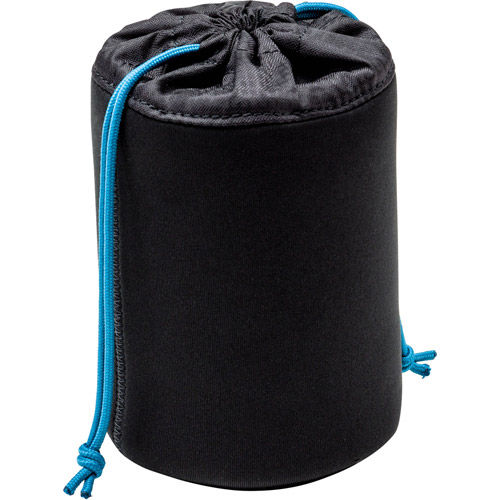
Tenba Tools Soft Lens Pouch 6" x 4.5" (15 cm x 11 cm) - Black
Soft neoprene pouches provide the perfect amount of extra protection for lenses inside a larger bag.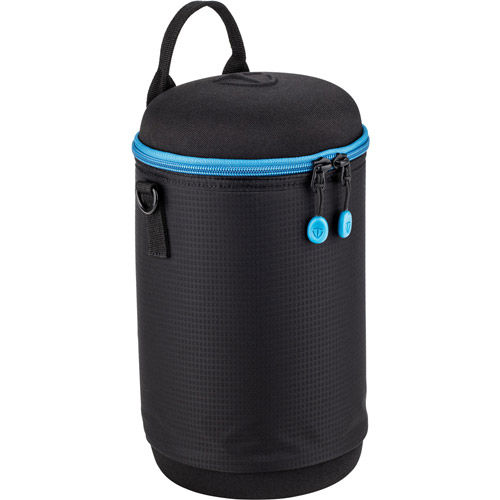
Tenba Tools Lens Capsule 23x12 cm
Tenba designed the Lens Capsule: a durable padded lens pouch with extra protection in the form of molded EVA caps on both ends where the lens is most fragile.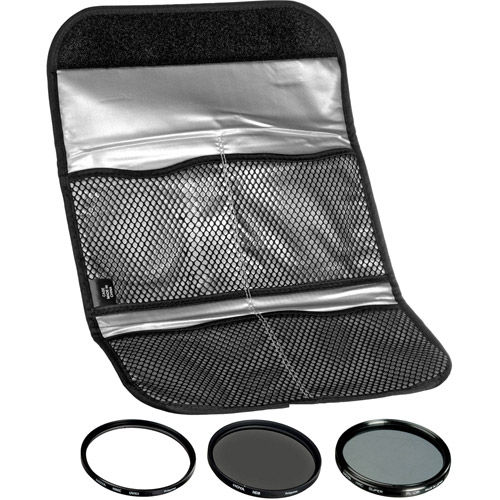
Hoya 72mm Digital Filter Kit 2 - UV, PL-CIR, Neutral Density 8x, Pouch
HOYA Digital Filter Kit II brings 3 main filters in one package which frequent use at the time of photography and is a kit for economic guides.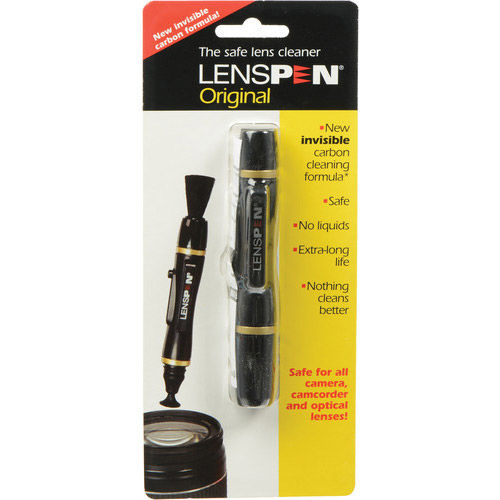
Lenspen Lens Cleaning Pen
A superb new tool in optical lens cleaning technology. Perfect for cleaning camera lenses, binocular lenses, small aperture spotting scopes and telescopes, eyepieces and other optical items.
Subscribe for Sales, Events and more every Week!
Events by world-renowned photographers and filmmakers. New product launches and time limited promotions. The chance to win great prizes and save on your favourite brands! Read more.











